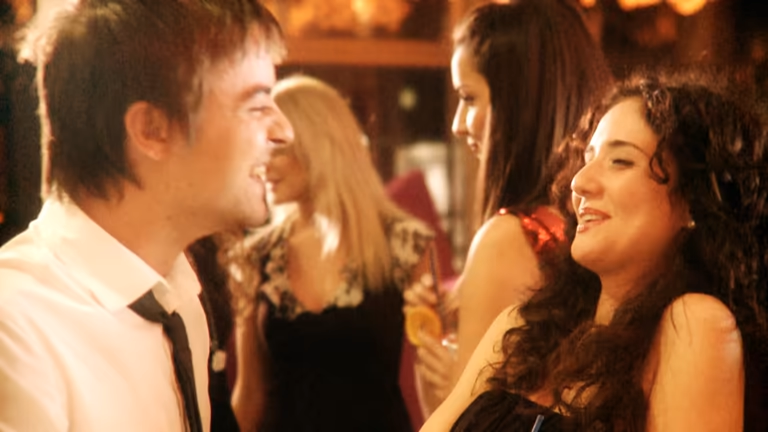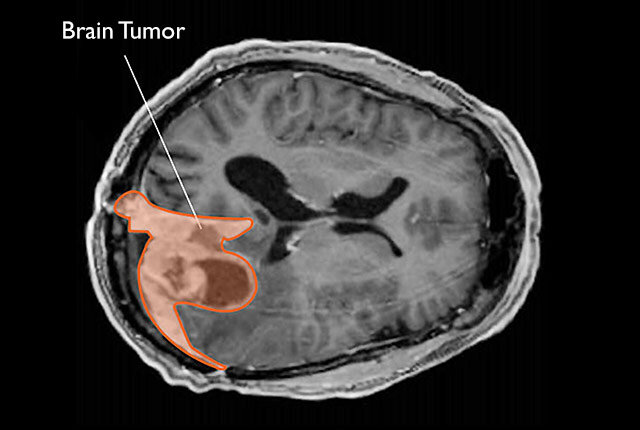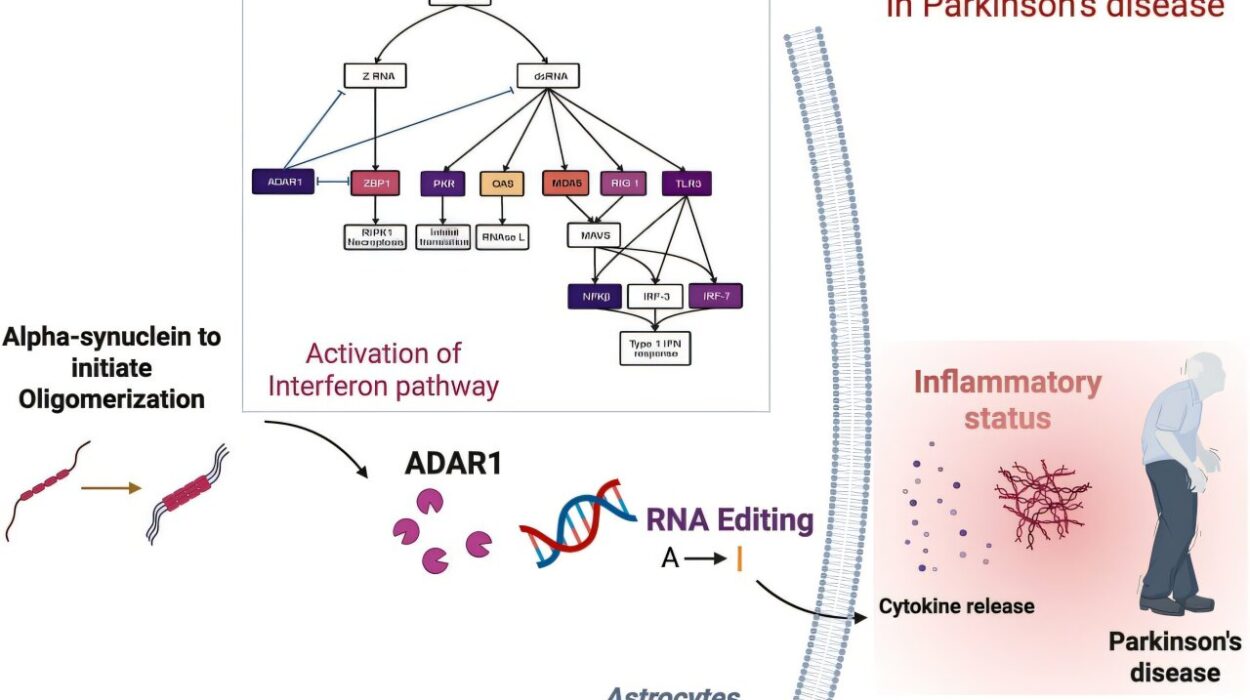Human romance has long fascinated scientists and storytellers alike. What drives someone to say yes to a romantic advance? Is it the allure of a smile, the familiarity of a shared past, or the boldness of a confident approach? While much has been written about attraction and interpersonal chemistry, a recent study published in the Personality and Social Psychology Bulletin has shifted the lens to a new, largely overlooked variable: the setting in which romance unfolds.
This expansive study, led by Katie N. Adams and Omri Gillath, asks a deceptively simple question: does the physical and social environment influence how people respond to romantic overtures? As it turns out, the answer is a resounding yes. Through a series of five meticulously designed experiments involving more than a thousand participants, the researchers found that context isn’t just background noise—it’s a pivotal element that shapes whether a romantic spark is ignited or snuffed out.
Rethinking Romance: The Role of Physical and Social Context
For decades, the study of romantic interactions has largely focused on internal traits—like confidence, empathy, or extroversion—or interpersonal dynamics, such as compatibility and emotional intimacy. While these factors remain crucial, Adams and Gillath propose that where a romantic approach occurs may matter just as much as who is doing the approaching or how charming their words may be.
Think about the difference between being asked on a date at a coffee shop versus a funeral. Even if the proposition and the person remain the same, the context dramatically colors the perceived appropriateness of the interaction. The researchers suggest that people unconsciously refer to cultural scripts and environmental cues when evaluating social behavior, especially in the delicate domain of romantic initiation.
Their study is one of the first to systematically explore the weight of environmental appropriateness in shaping romantic receptivity, moving beyond mere speculation into empirical evidence.
Mapping the Romantic Landscape: From Dating Apps to Doctor’s Offices
The first step in the research was to identify a range of settings where romantic advances might plausibly occur. In an exploratory survey (Study 1a), 35 participants were asked to list settings they considered appropriate or inappropriate for initiating romantic contact. Unsurprisingly, dating apps and bars were among the top appropriate locations, while workplaces and funerals were flagged as poor choices. Less predictably, grocery stores, sidewalks, and online gaming spaces also made appearances, signaling a wide range of cultural expectations.
From these responses, the researchers distilled 48 distinct settings, which were then presented to a larger sample of 162 participants (Study 1b). Participants rated the appropriateness of each setting using a five-point scale, allowing the researchers to rank the locations and sort them into three broad categories: high, moderate, and low appropriateness.
High-appropriateness settings were places culturally associated with romance or social openness—such as dating apps, bars, and private homes. Moderate-appropriateness settings included locations that allowed for some social interaction, such as gyms, sidewalks, or online gaming environments. Finally, low-appropriateness settings included more formal or sensitive spaces—doctor’s offices, classrooms, and funerals—where romantic approaches could feel jarring or intrusive.
The Experiments: Context, Charisma, and the Success of a Smile
Armed with this taxonomy of settings, the researchers conducted a series of three main experiments (Studies 2a–2c) to examine how contextual appropriateness interacted with other well-known factors in romantic success—such as physical attractiveness, familiarity with the initiator, and the nature of the romantic proposition itself.
In each study, participants were asked to imagine themselves in a particular setting and then read a scenario in which someone approached them romantically. They were then asked to rate how likely they would be to accept the proposition. By holding the proposition constant but manipulating one additional variable per study—attractiveness in 2a, familiarity in 2b, and proposition explicitness in 2c—the researchers could isolate the effects of setting while exploring its interaction with other dynamics.
Attractiveness Isn’t Everything—Especially in the Wrong Place
Study 2a examined one of the most powerful social forces: physical attractiveness. Participants were randomly assigned to read about either an attractive or unattractive person initiating contact in one of twelve different settings (four from each appropriateness category). As expected, attractiveness generally boosted receptivity—but only in the right context.
In high-appropriateness settings like bars or dating apps, attractive initiators were warmly received. But in low-appropriateness settings like funeral homes or doctor’s offices, even the most handsome or beautiful initiators saw their success plummet. The takeaway was clear: while attractiveness helps, it cannot overcome the discomfort of a socially inappropriate setting. In other words, a well-timed smile in a bar may work wonders, but the same smile in a medical clinic may trigger alarm rather than affection.
Familiarity Breeds Affection—or Awkwardness?
Study 2b turned to the role of familiarity, contrasting romantic advances made by strangers with those made by close opposite-sex friends. On average, familiarity had a modest positive effect on acceptance—but this too was moderated by the setting. Friends who initiated romance in low-appropriateness settings were often perceived less favorably than strangers in appropriate ones.
Interestingly, gender differences emerged. Women were generally less likely than men to accept romantic advances from familiar initiators, particularly in inappropriate settings. This may reflect gendered social scripts around boundaries in friendship, where a romantic proposition from a friend in a sensitive setting could be interpreted as a violation of trust or decorum.
The Proposition Itself: Subtle Invitation or Bold Suggestion?
In Study 2c, the researchers manipulated the explicitness of the romantic advance. Participants read scenarios in which someone either asked them out to dinner (a less sexually charged invitation) or suggested coming over to their place (a more overt proposition). Unsurprisingly, the explicit nature of the proposition interacted with both gender and setting.
Women in particular were more likely to accept less sexual invitations, and their willingness dropped sharply for more sexual suggestions in low-appropriateness contexts. Men showed a similar, though less dramatic, pattern. The study highlighted a three-way interaction between setting, gender, and proposition type, reinforcing the idea that context plays a central role in shaping social judgment and behavior.
Setting Trumps All: Context as the Dominant Variable
Across all three experimental studies, one theme emerged consistently: the perceived appropriateness of the setting was a stronger predictor of success than either attractiveness, familiarity, or proposition type. This finding challenges many popular assumptions about romance, which tend to focus on personal traits or interpersonal history. Instead, the research suggests that people use the environment as a social cue to interpret whether a romantic advance is bold, sweet, or wildly inappropriate.
The implications of this are profound. It means that two identical romantic advances—same person, same words—can be received in completely opposite ways depending solely on where they occur. It also suggests that our internal sense of social appropriateness is deeply rooted in cultural scripts and environmental cues.
Why Environment Shapes Romantic Judgment
So why does context wield such power over our romantic judgments? The researchers point to the concept of social scripts—culturally shared expectations about how people should behave in different settings. These scripts are not merely intellectual ideas but are embedded in our emotional and behavioral responses. When someone violates these expectations—say, by asking you on a date in a somber or professional setting—it can provoke discomfort, even if the person or the proposition is otherwise appealing.
Moreover, the environment shapes not only our expectations but our sense of safety, intimacy, and privacy. High-appropriateness settings often allow for greater physical proximity, reduced surveillance, and an atmosphere of openness—all of which support romantic interaction. In contrast, low-appropriateness settings may activate caution or social inhibition, making even benign advances feel invasive.
Real-World Applications and Cultural Nuance
Although the study relied on hypothetical scenarios, its real-world relevance is hard to ignore. From workplace romances to online dating etiquette, the question of “Is this the right place?” looms large. Understanding the role of context can help individuals navigate the complex terrain of modern romance more effectively—and more respectfully.
However, the researchers acknowledge the limitations of their methodology. Because the studies used imagined scenarios and written descriptions of attractiveness, they may not fully capture the visceral and immediate reactions that occur in real life. Future research could use virtual reality simulations or observational methods to explore these dynamics in greater depth.
Additionally, cultural norms vary widely around the world. What’s seen as appropriate in one society may be taboo in another. For instance, initiating romance in a café might be acceptable in Western cultures but frowned upon in more conservative societies. The largely American sample used in this research may not reflect global attitudes, and future cross-cultural studies could enrich our understanding of how setting shapes romance across different contexts.
Looking Ahead: The Future of Environmental Psychology in Romance
This research opens a promising new frontier in the psychology of relationships—one that integrates environmental psychology with social cognition and romantic behavior. Future studies could explore additional environmental variables, such as ambient noise, lighting, privacy, or even scent, to see how these factors influence romantic perception.
Moreover, understanding the environmental factors that foster or inhibit romantic initiation could have practical implications for matchmaking platforms, dating event planners, and even workplace policies on romance. The insight that “where” matters deeply can help people craft better strategies for forming meaningful connections.
Conclusion: Context Is the Unsung Hero of Romance
In the end, this study makes a compelling case that romance is not just about chemistry, charm, or courage—it’s also about context. Where we are shapes who we are willing to become, and even the most heartfelt proposition may falter if it arrives at the wrong moment, in the wrong place. So the next time you consider making a move, take a moment to look around. The setting may be speaking louder than you think.






